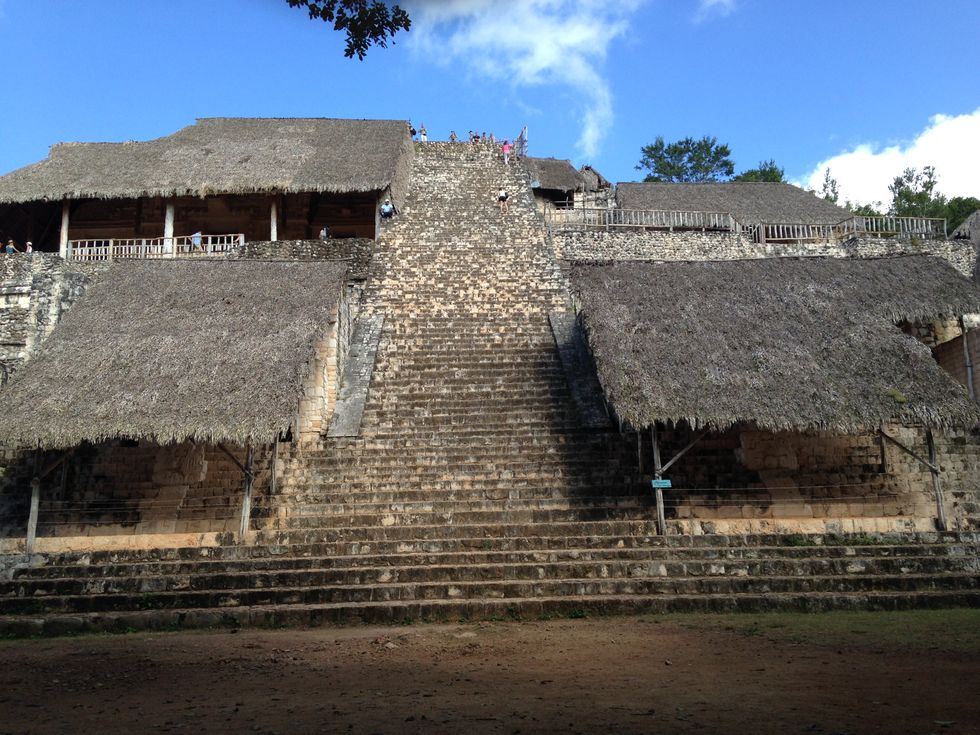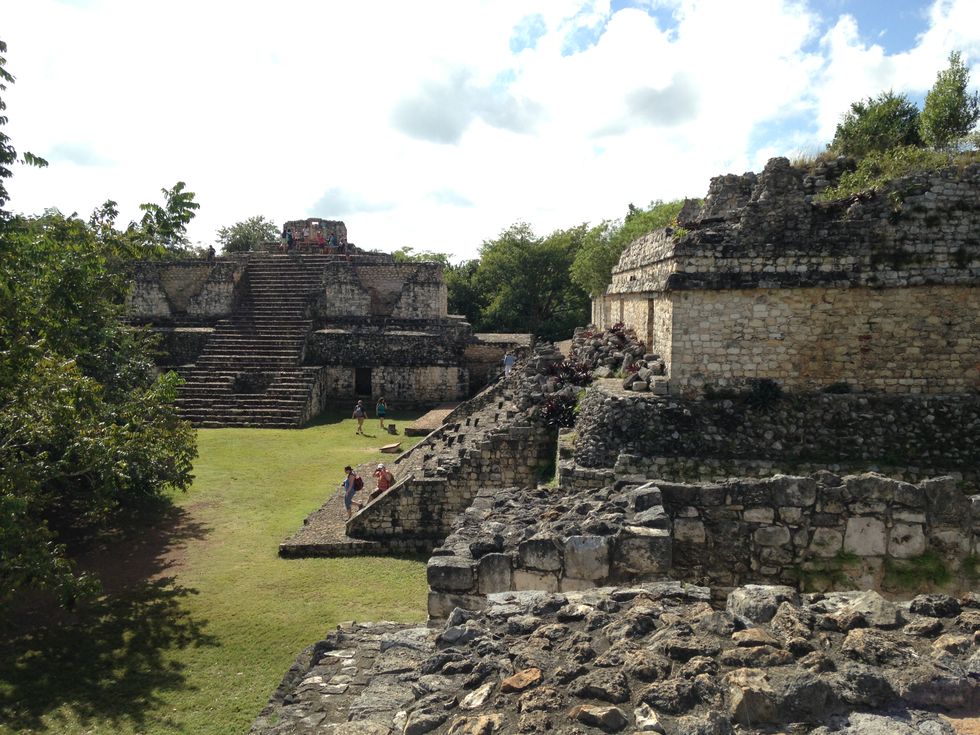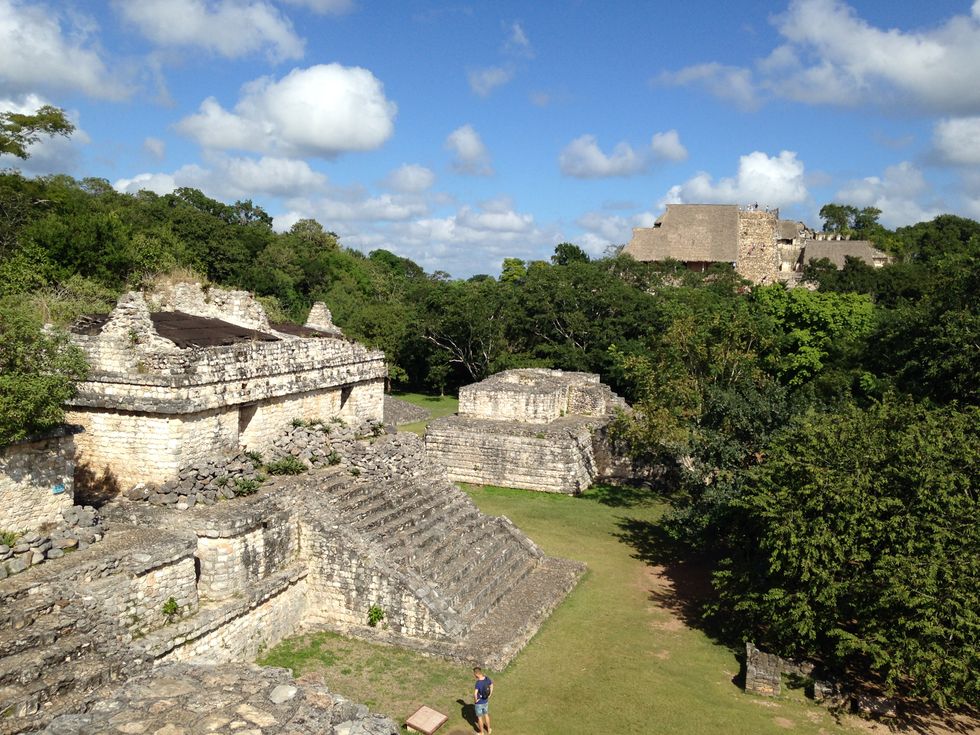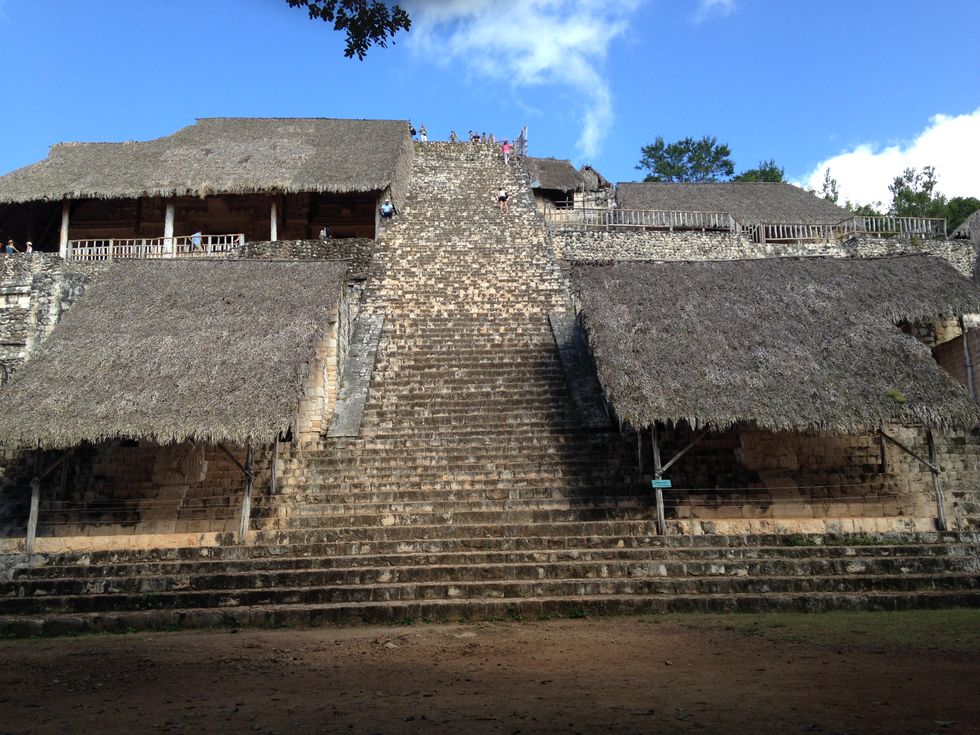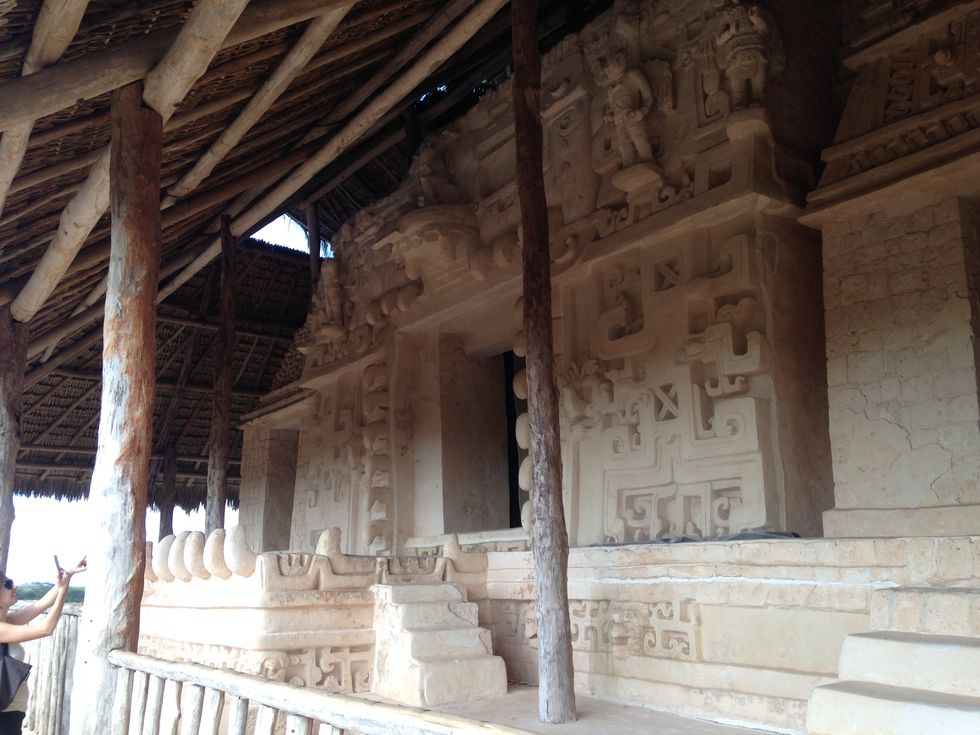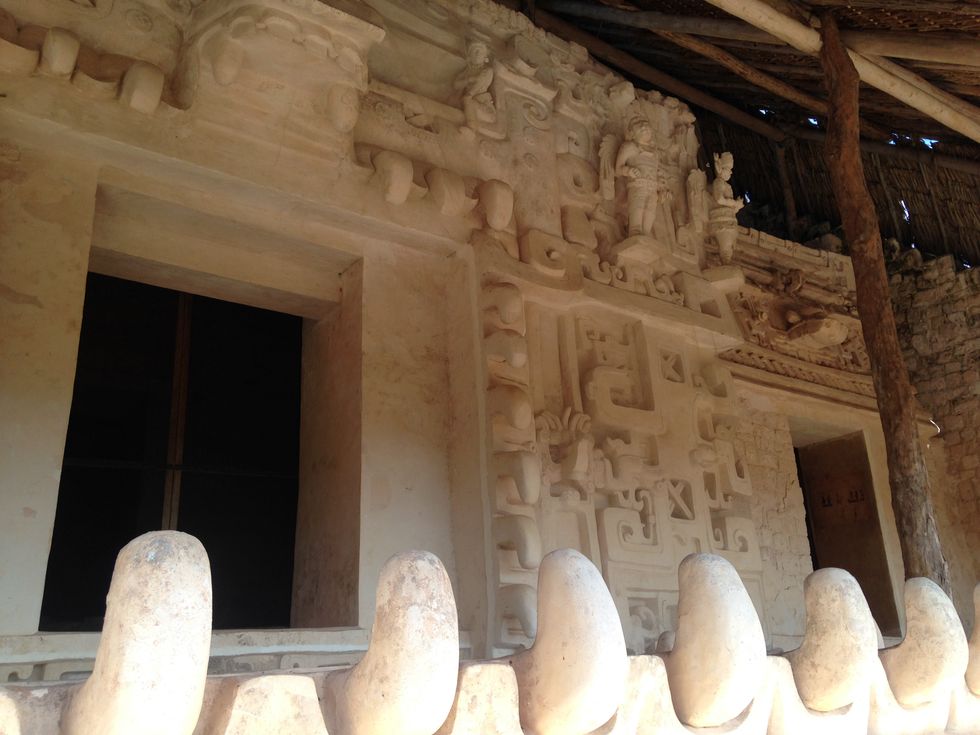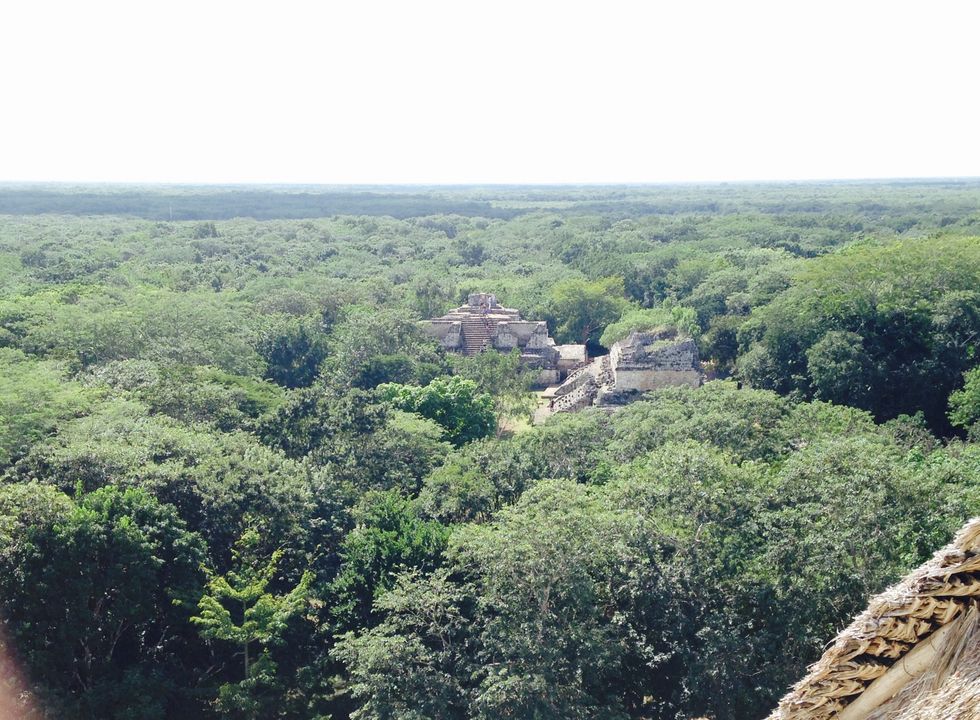Scattered across Mexico there are archaeological sites that extend to the pre-classic era.
These ruins are relics of the past but they are sites that have preserved ancient history and cultures.
In the Yucatan peninsula and Central America is where the Mayan empire was seated going back all the to 1800 B.C. to A.D. 250. One of these Mayan sites is Ek’ Balam.
Ek’ Balam is an hour away from the city of Tulum, which is at the tip of the Yucatan peninsula and it is in between two major archeological sites, Coba and the UNESCO World Heritage Site, Chichen Itza.
In the Yucatec Maya language the name, Ek’ Balam, means “black jaguar.” In the city of the "Black Jaguar" there are about 45 structures that stand and are surrounded by thick jungle.
At its height, between 770 to 840 C.E., Ek’ Balam was the seat of the Mayan Empire. Founded and Led by the Maya King, Ukit Kan Le’k Tok’, Ek’ Balam includes two defense walls, a ball court, a steam bath area, and an oval palace. These are just a few structures found within the area of the Ek’ Balam site.
Entering the site you will find several smaller pyramids and buildings. Impressive in their own right.
As one passes through the smaller structures you are then faced with the tallest pyramid at the site, known as the Acropolis. The Acropolis measures 230 ft in width, it is 525ft long and its height is 102ft tall. This makes the Acropolis, the largest archeological building discovered in the American continent.
At the Acropolis, the original stucco used by the Mayan people to build and to carve out intricate designs and art remain intact are protected by the palm tree roofs. The color that once decorated the stucco has now been washed away.
Inside the Acropolis, the Maya king, Ukit Kan Le’k Tok’s, tomb is found and it his tomb that is one of the most impressive and well preserved. Depicting a giant jaguar face with its mouth open as the entryway to the king’s tomb. Beside it, there are detailed carvings depicting a variety of images and designs. All of this still containing the original stucco.
These structures are forbidden for tourists to touch or enter but tourists are able to see them at a close range.
Although climbing the pyramid can be daunting the top view of the Acropolis is stunning. Overlooking Ek’ Balam and the jungle leaves one speechless.
Just a few miles from the famous UNESCO World Heritage Site, Chichen Itza and the Coba site, Ek’ Balam remains a treasured archeological site in the Yucatan Peninsula.

